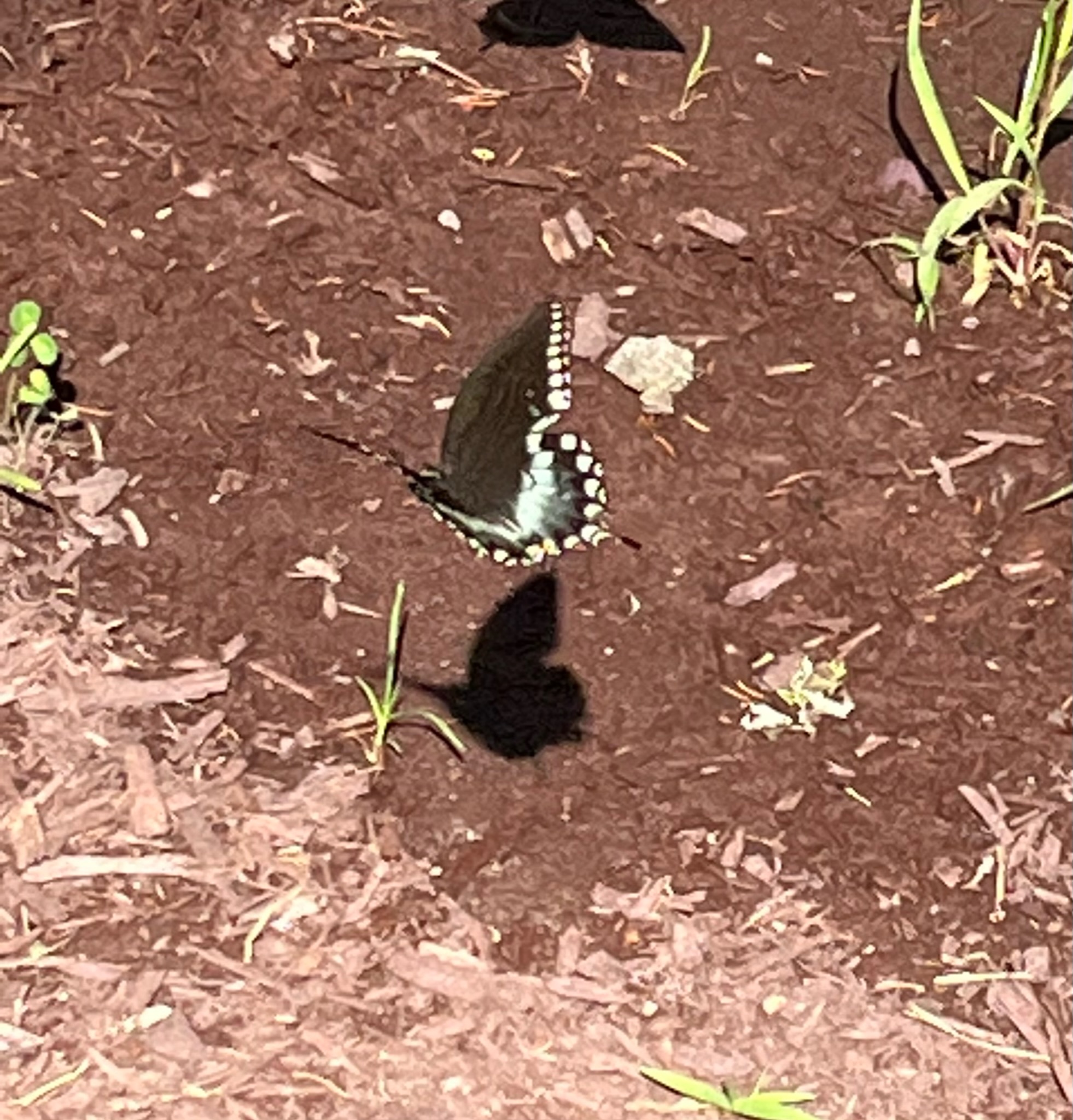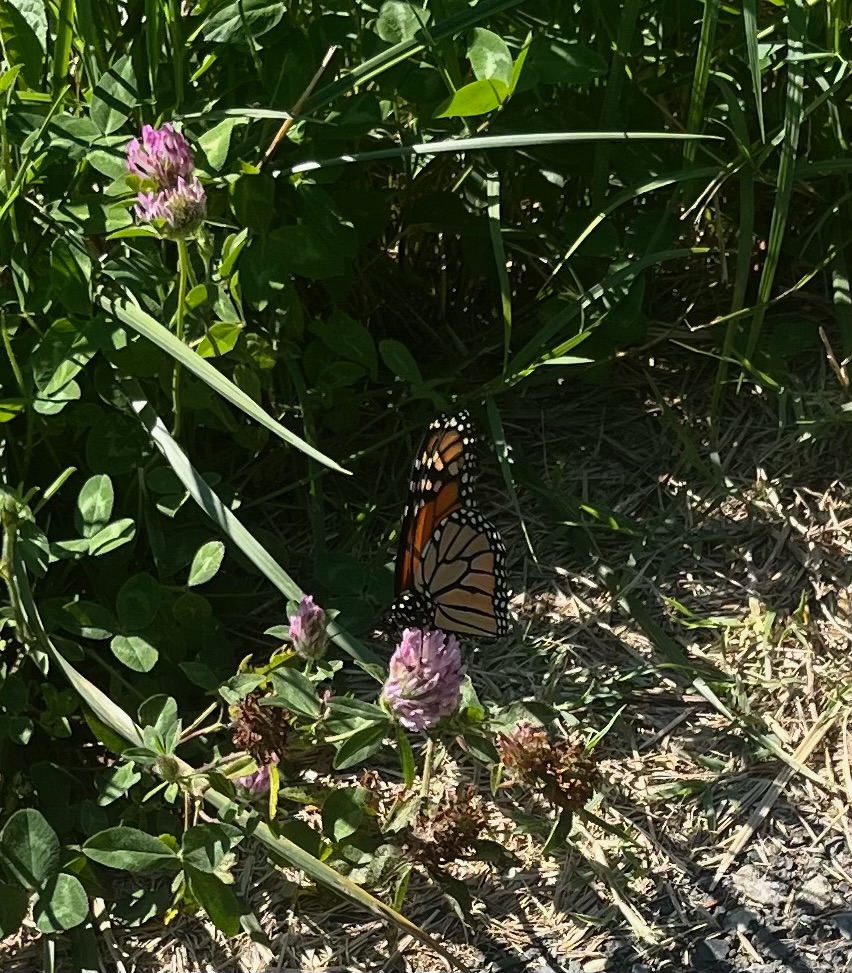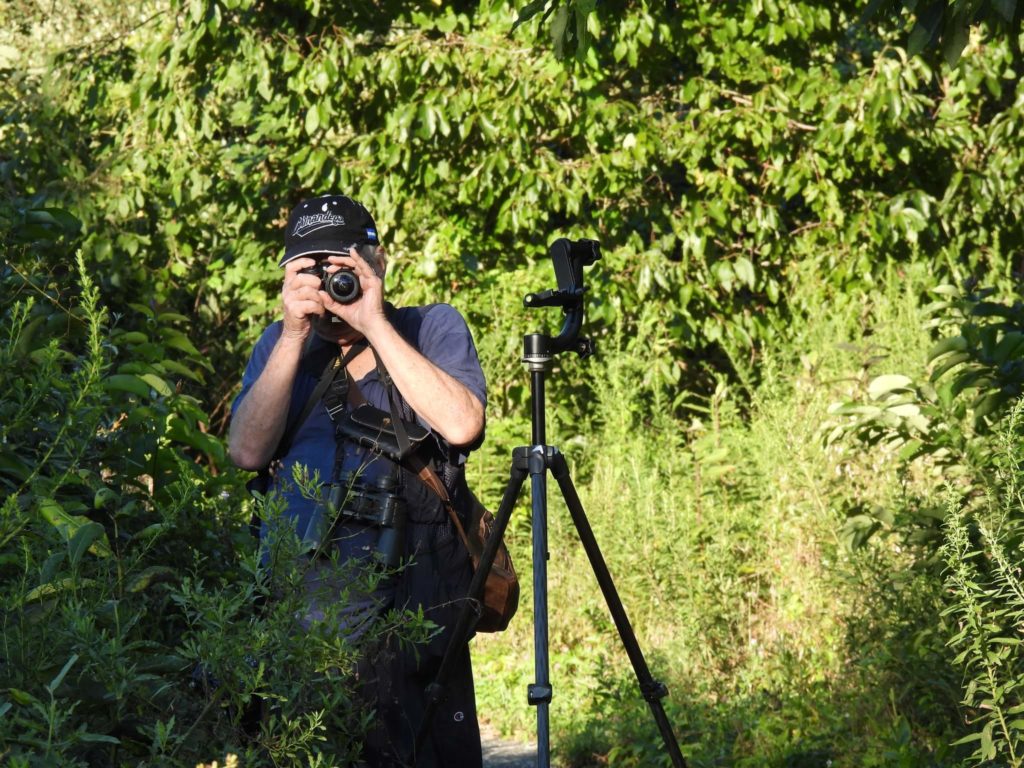On the Hunt for Biodiversity








Naturalists descend on Greenbury Point
By Jamilex Gotay
How many living species could you identify in a 12-hour span? That was the task at hand for volunteers at Greenbury Point Conservation Area on the Severn River last Saturday.
Armed with phones and cameras, dozens descended on the site to observe and tally any organisms they encountered during their BioBlitz.
A Bioblitz helps in cataloging species within a designated area, drawing attention to the presence of rare, threatened or endangered organisms. One such species is the monarch butterfly, which was just added to the “red list” of endangered species in North America last month, by the International Union for Conservation of Nature (IUCN).
BioBlitz participants upload their findings to iNaturalist, a global social network that helps identify plants and animals and connects users to a community of scientists and naturalists.
The Greenbury Point Biodiversity Project is an all-volunteer environmental conservation organization, created in October 2020 by Jessy Oberright, a local naturalist. The group is also involved in the Save Greenbury Point movement.
Save Greenbury Point is a Facebook group spearheaded by Jennifer Crews-Carey and Sue Steinbrook after news spread that the Naval Golf Association was proposing to build a golf course at the 240-acre conservation area. This group first served to share information and later became a center of activism to prevent the beloved area from being developed.
After speculation from nearby residents, fans of the natural area discovered a letter addressed to the Secretary of the Navy about the lease proposal from USNA athletic director, Chet Gladchuk. It was Aug. 15 that the Navy announced that there were two competing proposals, one for the golf course and the other by County Executive Steuart Pittman to turn it into an Anne Arundel County park. Since both proposals called for a sole lease, neither could be considered.
Despite the politics, the support for Save Greenbury Point skyrocketed. In just three months, they gained 2,500 members and numbers are increasing by the day. Supporters of the page include the Chesapeake Conservancy, the Severn River Association, and the Chesapeake Bay Foundation.
Crews-Carey says the support is coming from “just so many people.”
Not only do they have support, but they work day in and day out raising awareness of the site. There’s a handful of people painting “Save Greenbury Point” on rocks with the Facebook icon and leaving them anywhere they can. Now, there’s “probably hundreds, hundreds of rocks [that] have been sprinkled throughout the Greenbury Point Conservation trail[s] and downtown Annapolis,” says Crews-Carey.
Support for the protection of the habitat translates into volunteers gathering to observe and record the presence of life on the point.
The Greenbury Point Biodiversity Project currently has about 15 dedicated volunteers who have been working almost every weekend to document species from “point to point,” Oberright said. At least 20 groups participated in the BioBlitz event, contributing to the classification of 640 species in the Greenbury Point Conservation area.
Using iNaturalist, observers take photos or record sounds and share their observations along with the species type. Shortly after, experts will double check the sighting. Once the observer and identifiers agree, it is confirmed. The Greenbury Biodiversity Project page on the app is programmed so that any data gathered in that location stays there. These observations are real-time updates that help others learn about nature and generate valuable scientific data.
Kim Haggard’s love for community science encouraged her and her husband to join the blitz and found the event to be a learning experience for themselves and for her son, comparing it to a “real-life Pokemon hunt.”
An 8-year-old student from Monarch Academy named Trip shared his passion for bugs. “I really love bugs and I get to hold them all the time. I love to take care of them,” he said. There were lots of insects identified during the blitz.
Landscape architect Carol Mitchell came for the view. She described looking at the coastline as a special moment. To have “the ability to come and be in a natural setting with the Bay and not just [feel] very constrained,” as one does in a city, was “very encouraging,” she said.
The biodiversity along the Bobwhite Circuit Trail, the views of Carr Creek on the Poet’s Nature Trail, and the beauty of the Chesapeake Bay coastline in the Tower Trail make for a special slice of nature. The volunteers have counted over 200 observations of 115 species. All that wildlife—and the community’s access to experience it—are still at stake as word spreads that the golf association will try again to get the new course approved.
